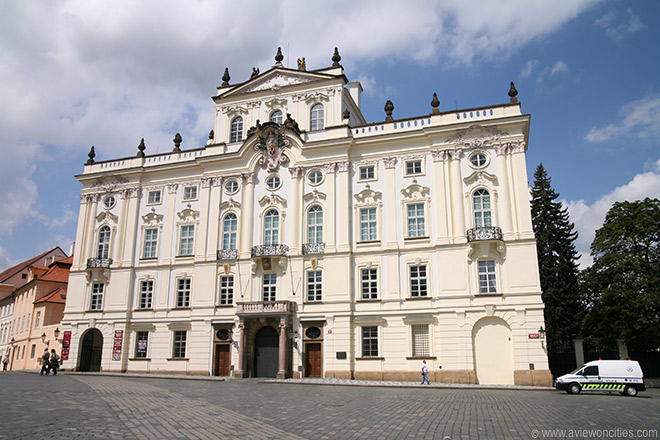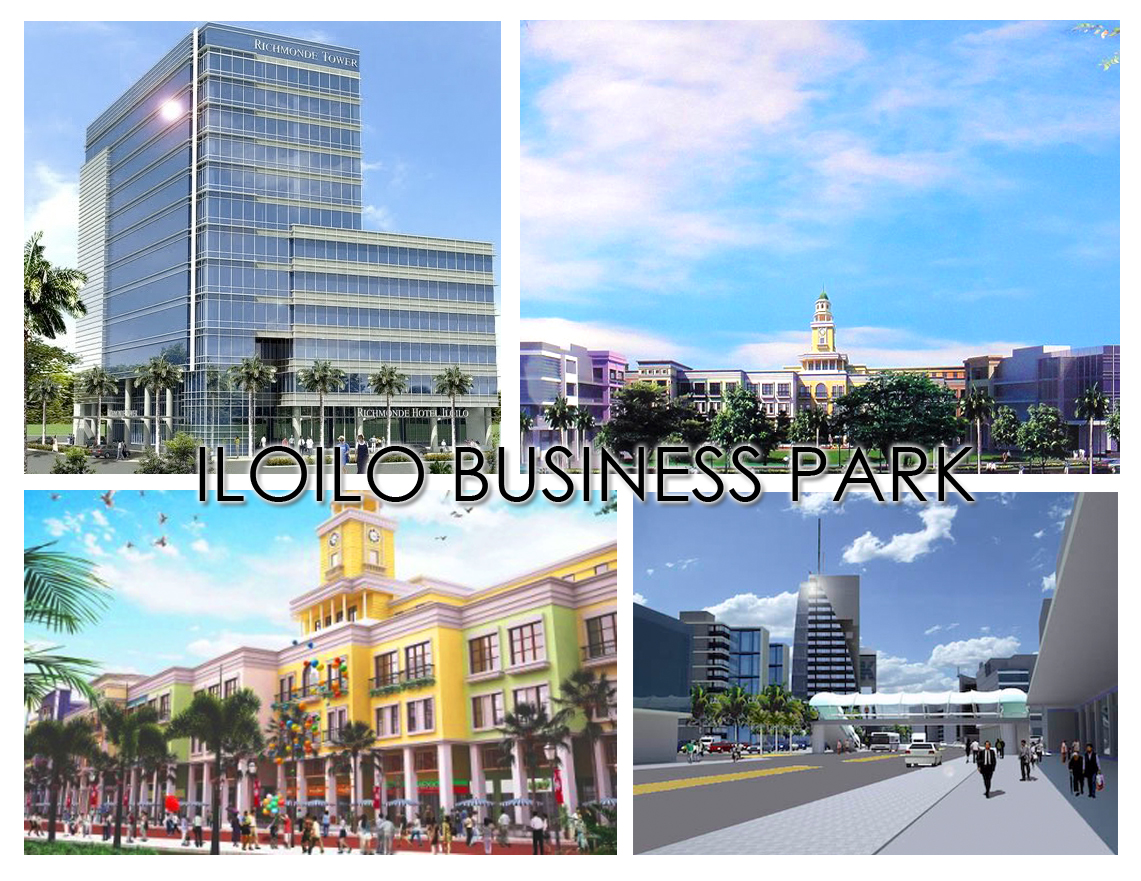Iloilo's Best

Brief History
Origin of Name
The name “Iloilo City” was derived from “irong-irong”, a reference to the native word “irong” which means “nose”. The name took after the nose-like configuration of the main settlement area during the pre-Spanish period as so shaped by the Iloilo River. Chinese traders who frequent the area and who mispronounce the “r” sounds with “l” sounds, soon popularized the term “ilong-ilong” which later evolved into the current name Iloilo Arial 9.5 The name is said to have also evolved from a local fish of the same name which was indigenous to the place and which was a staple in the early inhabitants’ daily meals. Iloilo City was also referred to as the “Most Loyal and Noble City” or “La Muy Leal Y Noble Ciuded de Iloilo” in Spanish. This is an inscription in the Coat of Arms from the Royal Decree of 1896 in recognition of the local people’s loyalty to the Spanish crown.

Festivals
The high sense of spirituality and inter-cultural values of the Ilonggos paved the way for celebrations of festivals and fiestas as a form of thanksgiving for almost everything the Divine Providence has lavishly endowed them. Aside from district fiestas which usually celebrate a patron saint’s day, there are festivals which are celebrated by the whole city and have attracted visitors from other places in the Philippines and foreign countries. The following are the city’s famous festivities:
Dinagyang Festival

The Dinagyang is a religious and cultural festival in Iloilo City, Philippines held on the fourth weekend of January, is the city's largest festival and is held to honor the Santo Niño, and to celebrate the arrival on Panay of Malay settlers and the subsequent selling of the island to them by the Atis. The highlight of this week-long revelry is the street dance competition.
Jaro Fiesta/Candelaria Fiesta

Jaro's celebration of the Feast of Nuestra Señora de la Candelaria (Our Lady of the Candles), the Patroness of Western Visayas, every February 2. The religious celebration, which is well known in the Philippines, is also an occasion of more secular events like the pageantry of the daughters of the rich families in the District during the coronation of the Jaro Fiesta Queen, and cockfighting.
Paraw Regatta

The Paraw Regatta is a race among seafarers on colorful sailboats called Paraws (claimed as the oldest traditional seacraft in Asia) in the Iloilo Strait between Guimaras Island and the city of Iloilo.[64] The present-day Paraw managed to maintain its original design from the sailboats of the first settlers from Borneo who were in search of a peaceful home in 1212 A.D. Surviving centuries, the paraws have become a vital part of the Filipino seafaring life. The first race started in 1973 with the mission to preserve the historic value of the paraws. It is held every 3rd weekend of February at Villa Arevalo District in Iloilo City. Today, the event has grown from being a boat race to a festival with various interesting and exotic activities.
Chinese New Year
 Celebrated by Ilonggos of Chinese descent, the festivity is highlighted by cultural presentation of the Chinese schools in the city, Chinese food festival and grand fireworks display.
Celebrated by Ilonggos of Chinese descent, the festivity is highlighted by cultural presentation of the Chinese schools in the city, Chinese food festival and grand fireworks display.Historical sites




 La Paz Batchoy - probably the most famous Ilonggo dish in the national scene which was started in the late 1930’s before World War II broke out. La Paz batchoy is a noodle dish with pork innards, liver and heart served with hot broth and topped with crunchy chicharon, garlic, onion leaves with soy sauce and powdered pepper used to adjust the flavour according to one’s taste. Pancit Molo - Another famous Ilonggo dish named after a well-known district in Iloilo City, the Molo district. It is an adaptation of Chinese wanton soup which is composed of a mixture of ground pork wrapped in molo wrapper, shredded chicken meat and shrimps topped with some minced green onions and lots of toasted garlic. Biscocho - derived from the Latin phrase word ‘bis coctus’ which means “twice baked.” It is a popular delicacy in Iloilo City refers to baked bread topped with butter and sugar, or garlic, in some cases. Biscocho is a part of Filipino cuisine originated from Iloilo province and it is also known as perfect match for coffee or hot chocolate drinks. Native Delicacies  Baye-Baye - It is a mixture of scraped young coconut meat,sugar and pinipig (pounded rice grains). Some prepare it in simpler ingredients of coconut meat, sugar, grounded sticky rice (pilit or malagkit)or corn grains. So when you’re in Iloilo City, be sure to check out the public markets and other pasalubong centers for this native delicacy that can make your trip more gastronomically satisfying. Ibus - popular in Iloilo City and in the entire Western Visayas, basically made of pilit (glutinous rice) mixed with coconut milk served during breakfast or snacks. In preparing this delicacy, it is still requires variety of artistry, skill and ingenuity in wrapping the ibus with coconut leaf which indicates how rich Ilonggo cuisine is all about. |